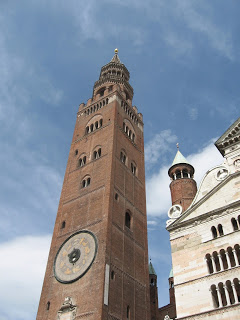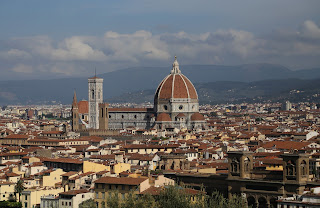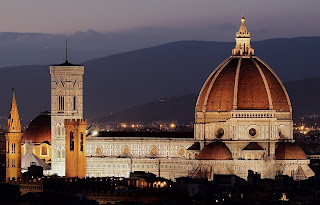Learned lady sacrificed happiness for a political alliance
 |
| Ippolita Maria Sforza's marriage helped forge a strong link between Naples and Milan |
She was married to Alfonso, Duke of Calabria, who later became King Alfonso II of Naples, because it was a politically advantageous alliance, but she did not live long enough to become his Queen consort.
Ippolita was the eldest daughter of Francesco I Sforza, Duke of Milan, and Bianca Maria Visconti.
She was tutored along with her six younger brothers and one younger sister by a Greek scholar who taught her philosophy and Greek.
When she was 14 years old she composed a Latin address for Pope Pius II, which became well known after it was circulated in manuscript form.
She wrote many letters, which were published in Italy in one volume in 1893. She also wrote poetry and a Latin eulogy for her father, Francesco.
Ippolita was married at the age of 19 to Alfonso, the eldest son of King Ferdinand I of Naples. The marriage created a powerful alliance between the Kingdom of Naples and the Duchy of Milan.
 |
| A copy of a 1472 bust by Francesco Laurana thought to be of Ippolita Maria Sforza |
Ippolita’s letters from this period display the adroit diplomacy she used to strengthen the alliance between Milan and Naples amid crises, such as her brother’s assassination in Milan and the Turkish invasion of Otranto.
The couple had three children. Their eldest son, Ferdinand, became King of Naples, their daughter, Isabella, married Gian Galeazzo, Duke of Milan, and their youngest son, Piero, died of an infection after surgery.
Ippolita died at the age of 38 in 1484 in Naples. Her husband then married his long-standing mistress by whom he already had two illegitimate children.
Soon after Ippolita’s death, the Naples-Milan alliance collapsed.
 |
| Cremona's bell tower, Il Torrazzo |
Cremona is famous for having the tallest bell tower in Italy, il Torrazzo, which measures more than 112 metres in height. As well as the manufacture of violins, Cremona is also famous for producing confectionery. Negozio Sperlari in Via Solferino specialises in the city’s famous torrone (nougat). The concoction of almonds, honey and egg whites was created in the city to mark the marriage of Bianca Maria Visconti to Francesco Sforza in 1441, when Cremona was given to the bride as part of her dowry.
| The Palazzo Reale was one of the residences of the Kings of Naples |
Travel tip:
In the area around Piazza del Plebiscito in Naples you can see buildings with royal connections. The impressive Palazzo Reale at the eastern end of the piazza was one of the residences of the Kings of Naples at the time the city was capital of the Kingdom of the Two Sicilies. The palace is home to a 30-room museum and the largest library in southern Italy, both now open to the public. Close to the royal palace is one of the oldest opera houses in the world, built for a Bourbon King of Naples. Teatro di San Carlo was officially opened on 4 November 1737, way ahead of La Scala in Milan and La Fenice in Venice. In the magnificent auditorium, the focal point is the royal box surmounted by the crown of the Kingdom of the Two Sicilies.
More reading:
Bianca Maria Visconti - powerful woman who ran Milan
How the despotic Ferdinand I of the Two Sicilies ruled for 65 years
Ludovico III Gonzaga - 15th century ruler of Mantua
Also on this day:
1480: The birth of the notorious beauty Lucrezia Borgia
1911: The birth of car maker Ilario Bandini
Home



